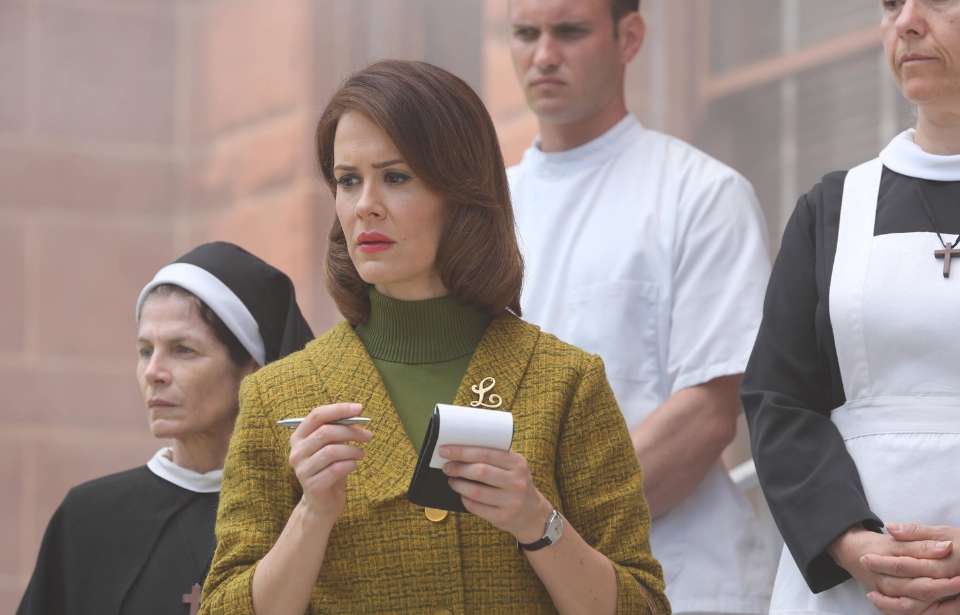Viewers of American Horror Story will remember Lana Winters – the journalist portrayed by Sarah Paulson – who goes to the asylum Briarcliff Manor to expose its darkest secrets. Winters, however, is not merely a figment of the imagination and is based on the very real journalist Nellie Bly.
Nellie Bly was a pioneer for both women journalists and investigative journalism. She is remembered for her record-breaking trip around the world in 72 days and for being purposely being admitted to an asylum to report on life within the institution.
Early life
Nellie Bly, whose real name was Elizabeth Jane Cochran, was born on May 5, 1864, in Cochran’s Mills, Pennsylvania, United States. She was the thirteenth child of Michael and his second wife, Mary Jane Cochran, and grew up in a working-class family. When she was just six years old, her father died.
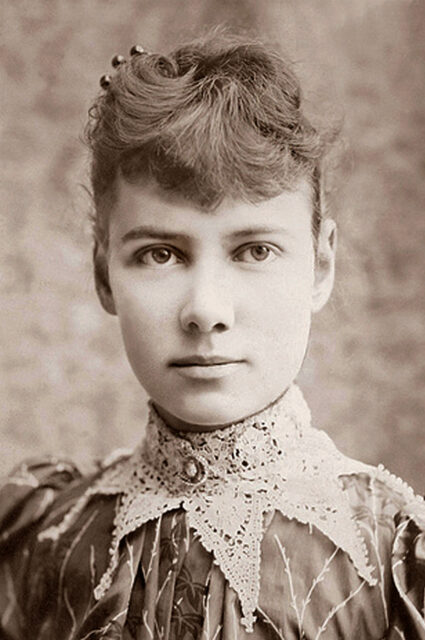
As a child, Bly was nicknamed “Pink” because she was almost always clad in that color. As a teenager, she wished to have a more sophisticated air. She dropped the nickname and changed her surname to Cochrane. In 1879 she enrolled in the Indiana Normal School, now known as the Indiana University of Pennsylvania, but due to financial difficulties, she was forced to drop out after one term.
In 1885, the Pittsburgh Dispatch published a column titled “What Girls Are Good For.” It stated that girls were primarily useful for bearing children and running a household. This frustrated Bly and she wrote a response to the newspaper under the pseudonym “Lonely Orphan Girl.” This was the start of her career as a journalist.
Pittsburgh Dispatch
The editor of the Pittsburgh Dispatch, George Madden, was impressed by the response submitted to their earlier column. He published an advertisement for the author to identify herself. Bly answered and was offered a job, writing opinion pieces as the Lonely Orphan Girl.
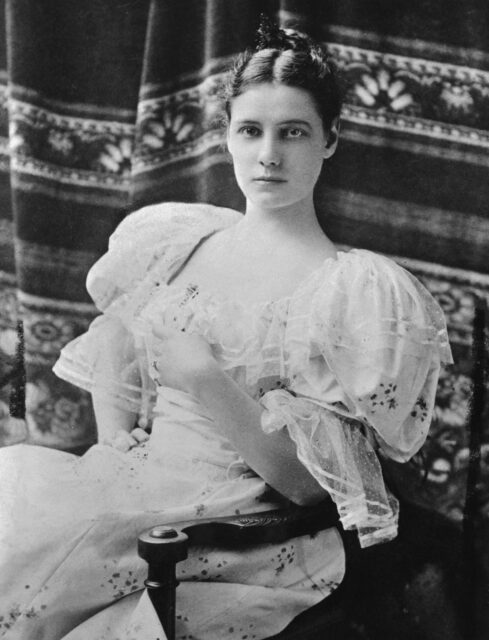
In her first article, “The Girl Puzzle,” Bly discussed that not all women would or wanted to marry and that there was a need for better jobs to be opened to women. Her second article, “Mad Marriages,” discussed how divorce affected women, and she argued for divorce law reform. This second article was also the first time she used her pen name.
It was exceedingly common for women writing books or in newspapers to use pen names. For Bly, it was actually her editor who chose the name after the character in the Stephen Foster song, Nelly Bly. The pen name was supposed to be spelled Nelly instead of Nellie, however, the name stuck.
Bly’s early work largely focused on the lives of and issues faced by working women. Her first venture into investigative journalism saw Bly publish a series on women factory workers. The factory owners soon complained, and Bly was reassigned to the women’s pages, covering fashion, society, and gardening.
Unhappy with her new assignment, Bly traveled to Mexico to act as a foreign correspondent. She spent several months writing about the Mexican people and their customs, which was later turned into a book, Six Months in Mexico.
‘Ten Days in a Mad-House’
Upon returning from Mexico, Bly was relegated to writing the women’s pages and she left the Pittsburgh Dispatch in 1887. After her departure, she traveled to New York City, and after not finding work for four months, she was hired to write for the New York World, owned by Joseph Pulitzer.

She took on an undercover assignment that saw her fake insanity to gain admittance to the Women’s Lunatic Asylum on Blackwell’s Island to investigate reports of brutality and neglect. Getting admitted to the asylum was not as simple as going there and admitting herself.
Initially, she practiced being insane at her home, and this was followed by moving into a boarding house called the Temporary Homes for Females. While there, she stayed up all night long to give herself the tired appearance of a disturbed woman, and she began to insist that her fellow boarders were insane. She reportedly told the assistant matron, “There are so many crazy people about, and one can never tell what they will do.”
She continued her ruse by refusing to sleep, and the assistant matron soon had her removed. Police officers took her to a courthouse where she was examined by a police officer, a judge, and a doctor. They found her to be insane, and she was taken to the Women’s Lunatic Asylum.
She witnessed atrocious treatment
Once admitted, Bly experienced the horrors of the asylum. While there, she was forced to take baths in freezing cold water where attendants would roughly wash and scrub her. Cleanliness seemed to not be a consideration, with the water rarely being changed and patients all using the same dirty towels.
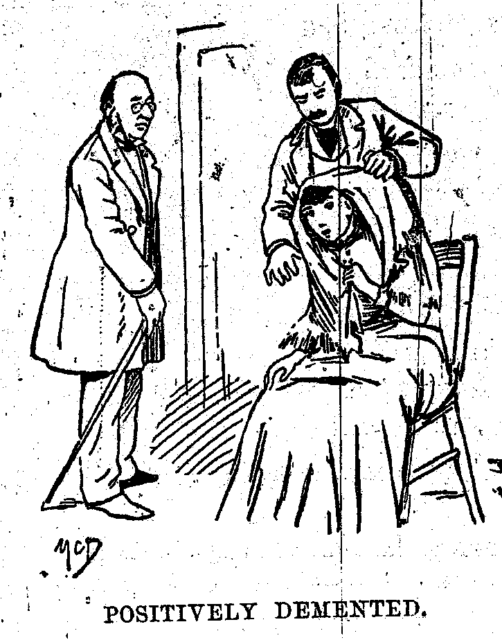
Bly had this to say about her experiences:
They “take a perfectly sane and healthy woman, shut her up and make her sit from 6 am until 8 pm on straight-back benches, do not allow her to talk or move during these hours, give her no reading and let her know nothing of the world or its doings, give her bad food and harsh treatment, and see how long it will take to make her insane. Two months would make her a mental and physical wreck.”
‘Stunt girl journalism’
Bly remained in the asylum for ten days when The World asked for her release. After leaving the asylum, Bly wrote, “I left the insane ward with pleasure and regret-pleasure that I was once more able to enjoy the free breath of heaven; regret that I could not have brought with me some of the unfortunate women who lived and suffered with me, and who, I am convinced, are just as sane as I was and am now myself.”
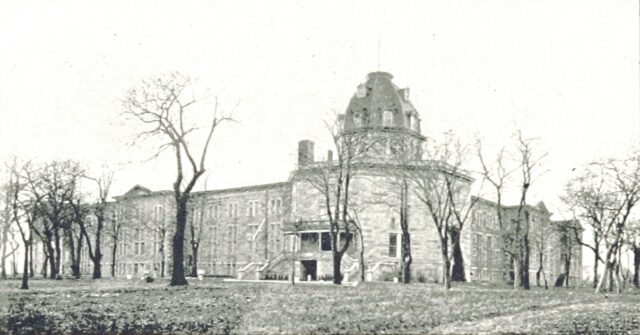
Bly gained wide fame from her time in the asylum and her book, Ten Days in a Mad-House. Her experiences not only saw reforms to the asylum system, but she also paved the way for women journalists and investigative journalism, which has often been dubbed “stunt girl journalism.”
‘Around the World in Seventy-Two Days’
In 1888, after leaving the asylum, Bly suggested that she attempt in real life the exploits of Phileas Fogg in Jules Verne’s 1872 novel, Around the World in Eighty Days.
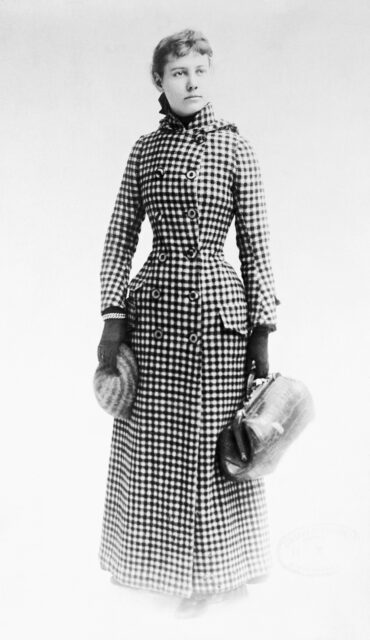
On November 14, 1889, Bly departed Hoboken, New Jersey. After traveling through Britain, Europe, the Middle East, and Asia, Bly reached New York a mere seventy-two days later.
Her round-the-world trip brought Bly even more fame. Bly continued to work for The New York World, although she branched out into novels, of which she wrote a total of 11.
In popular culture
Bly has been featured in various pop culture mediums. Musicals, plays, films, and tv shows have all focused on Bly’s life. She has also been the protagonist of various novels.

Bly’s endeavors have also been turned into films, including 10 Days in a Madhouse (2015) and Escaping the Madhouse: The Nellie Bly Story (2019).
More from us: Delphine LaLaurie Tortured and Killed Enslaved People in Her New Orleans Mansion
Perhaps most notably, Bly was the inspiration for American Horror Story: Asylum’s Lana Winters, portrayed by Sarah Paulson.
